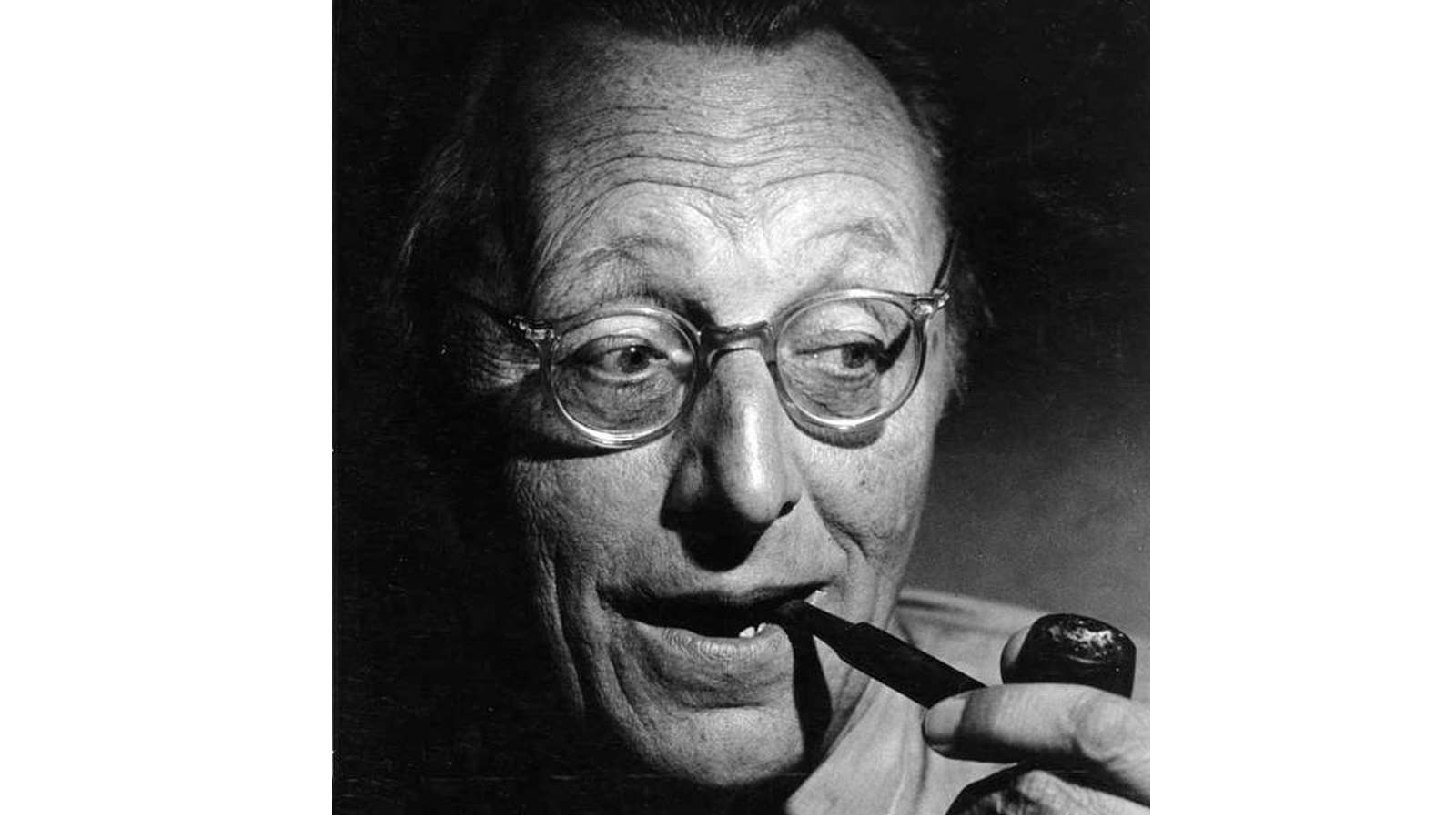
No. 7
Orff: Carmina Burana

Orff’s “Carmina Burana”
By the middle of the 1930s, in the midst of a world wide depression, the musical avant garde was in disarray. This was largely because of politics and economics. It was aggravated by the fact that Germany, a center of musical experimentation was in the hands of the Nazis who were beginning their campaign of terror against Jews. The progressive music educator and composer Carl Orff, whose father was born a Jew and had converted, needed to re-establish himself, not as the experimenter most of the avant-garde knew him as, but as a main stream, successful composer. In 1935, Orff came across a book published in 1837 that contained 24 poems from the Middle Ages and early Renaissance written in Latin, old German and Provencal called "Carmina Burana: Cantiones profane cantoribus et choris cantandae commitantibus instrumenti atque imaginibus magicus", which translates roughly as "Songs of Beuerne: Secular Songs for singers and choruses to be sung together with instruments and magical images".
On the frontispiece of the book was a depiction of "The Wheel of Fortune" indicating that the over-all theme of the collection of song texts was that fortune was fickle. Many of the poems had a "seize the day" spirit that celebrated present and mundane pleasures over otherworldly or heavenly rewards. In between incantations devoted to the fickle nature of Fortun,e the poems came in 3 groupings: "In Spring", "On the Green" "In the Tavern" and "Court of Love". Orff believed dance to be an essential ingredient in musical recreation. According to Orff, human's invented music because they danced to it. That meant the most important element in his compositional arsenal was rhythm. Keeping the harmonies very basic, and the beat always foremost, Orff managed to create an almost hypnotic and physically compelling work. There is nothing subtle about “Carmina Burana”. And though a few critics carped about its "primitive" and "barbaric" sounds, it was immensely popular with European audiences. That fact, when Germany was losing its best composers who were fleeing at an alarming rate, saved Orff and his family. The German authorities overlooked Orff's ancestry and his friendly relations with many Jewish musicians to keep him in Germany. Orff then took the unusual step of disclaiming all his compositions composed prior to "Carmina Burana". So, he managed to survive in Germany, but many of his friends did not. His embrace by the Nazi's darkened his career after the war. Still, "Carmina Burana" only grew in popularity, kept in people's ears into the 21st century by its almost constant use in film, television and theatrical performances. You might say that "O fortuna" the first and last section of "Carmina Burana" has become a primary piece of incidental music to the last half of the 20th century.
Top 40 Countdown
A few years ago the listeners to WNED Classical told us what they thought a TOP 40 list of Classical pieces should be. Six hundred and twenty-two different pieces were put forward, and over nine hundred listeners participated. The result, The WNED Classical Top 40, was both startling and comforting. There were a number of surprises, Stravinsky and Copland made the list; Mendelssohn and Schumann did not! It was comforting to know that the two most popular composers were Beethoven and J.S. Bach. The biggest surprise of all was the piece that crowned the list as No. 1.